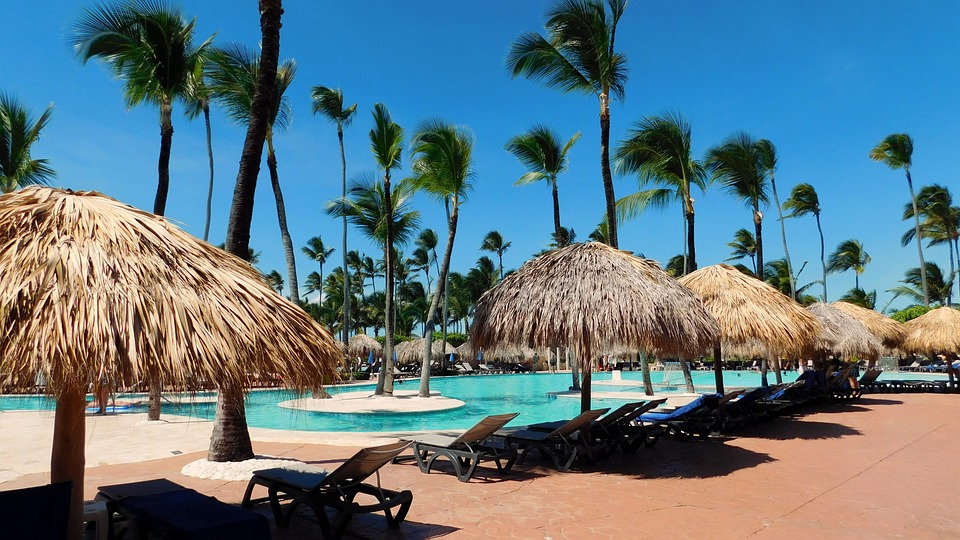Introduction
Cartagena, a vibrant city located on the Caribbean coast of Colombia, is not only a popular tourist destination but also a treasure trove of history. With a past dating back thousands of years, the city boasts a rich and diverse cultural heritage that can be explored through its ancient ruins and modern marvels. From its colonial architecture to its breathtaking landscapes, Cartagena offers a unique blend of historical significance and contemporary allure.
Ancient Ruins: Traces of the Past
Long before the arrival of the Spanish conquistadors, Cartagena was inhabited by indigenous tribes such as the Calamari and the Sinu. These ancient civilizations left behind remarkable ruins that provide insights into their lives and traditions. One notable site is the La Popa Monastery, situated on a hilltop with panoramic views. Built in the 17th century, this monastery has witnessed centuries of history and is a testament to Cartagena’s enduring past.
Additionally, the San Felipe de Barajas Castle, a fortress constructed to protect the city from invasions, stands as a symbol of the strategic importance of Cartagena. Exploring its sprawling tunnels and fortifications is like stepping back in time to an era of conquest and battles.
Colonial Heritage: Preserving the Past
Cartagena’s historic center, known as the Old Town or Ciudad Amurallada, is a UNESCO World Heritage site that transports visitors to the colonial era. This walled city is adorned with colorful buildings, cobblestone streets, and charming squares, each telling a story of the city’s past. Walking through its narrow alleys, you can admire the well-preserved architecture and feel the echoes of a time when Cartagena was a bustling trading port.
One of the most iconic landmarks within the Old Town is the Clock Tower, which once served as the main gateway to the city. This grand entrance offers a glimpse into the past and serves as a meeting point for locals and tourists alike.
Modern Marvels: Embracing the Present
While Cartagena is known for its historical significance, the city has also embraced modernization and development. The skyline is adorned with sleek high-rise buildings, luxury hotels, and contemporary infrastructure that blend harmoniously with the colonial structures. The Bocagrande neighborhood, with its vibrant atmosphere and pristine beaches, is a testament to Cartagena’s dynamic present and its ability to adapt to the needs of modern tourists.
Moreover, Cartagena has become a hub for cultural events and festivals that celebrate its diverse heritage. The Hay Festival, an annual literary event, attracts renowned writers and thinkers from around the world, while the International Film Festival showcases the best of Colombian and international cinema.
FAQs Section
What are the must-visit historical sites in Cartagena?
Some of the must-visit historical sites in Cartagena include the La Popa Monastery, the San Felipe de Barajas Castle, and the Old Town with its colonial architecture.
Is Cartagena safe for tourists?
Cartagena is generally considered safe for tourists, but it’s always advisable to take the usual precautions and be vigilant, especially in crowded areas.
What are some popular cultural events in Cartagena?
Cartagena hosts various popular cultural events throughout the year, including the Hay Festival and the International Film Festival.
Can I explore Cartagena’s historical sites on foot?
Yes, exploring Cartagena’s historical sites on foot is highly recommended. The Old Town is particularly walkable and allows for a closer look at the city’s architectural gems.
